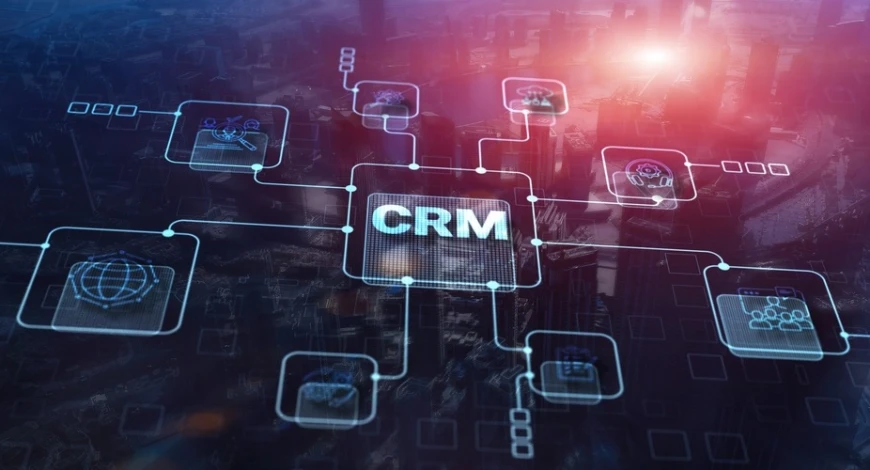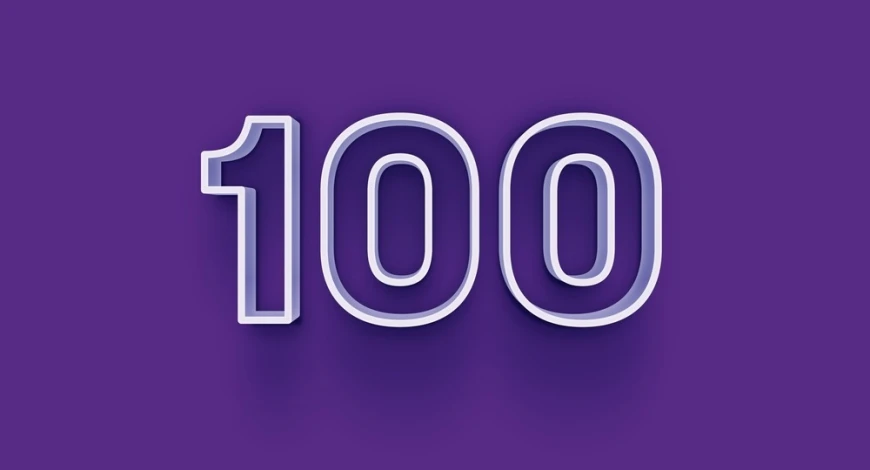Fast Go-to-Market Strategies with MVP and Web Software
MVP and web software enable a fast go-to-market by turning uncertainty into measurable learning. Instead of chasing a “perfect product,” aim for a “good enough, measurable, feedback-ready” version. In this article, we translate concepts like lean startup, product-market fit, no-code/low-code, jamstack, serverless, devops, ci/cd, growth hacking, seo, analytics, and ux research into actionable steps for ideation, launch, growth, and scale.
1) What Is an MVP and Why It Matters
An MVP delivers the minimum set of features to solve a core problem for a target segment, as fast and as cheaply as possible—so you can validate risk, collect feedback, and establish a repeatable learning loop.
- Hypothesis validation: problem, solution, channel, and revenue assumptions.
- Measurability: clear north star metric and supporting KPIs.
- Speed: a focused roadmap that trims non-essentials.
2) Market & User Research
Data fuels speed. Combine desk research, competitor mapping, and field interviews. Early ux research shortens product discovery.
- Define segments and ICP (Ideal Customer Profile).
- Benchmark competitors: pricing, value, differentiators.
- Rapid customer interviews for problem-solution fit.
3) Value Proposition and Focus
Perfect the single critical job-to-be-done first; ancillary flows can follow. If the value proposition is fuzzy, technical excellence won’t save you.
4) Scoping with MoSCoW
Use moscow to categorize requirements. The MVP should contain only “Must,” while “Should/Could” live in the backlog and “Won’t” is intentionally deferred.
5) Web Architecture Choices
Favor simplicity for speed—without ignoring tomorrow. jamstack, serverless, and managed cloud services provide strong leverage.
- Frontend: react, next.js, vite + design system (tailwind).
- Backend: node.js/python with serverless functions; managed DB.
- API: start with rest, evolve to graphql when needed.
- Identity: oauth2/oidc with mfa.
- Payments: plug-in saas/fintech providers.
6) Build vs Buy
Don’t reinvent the wheel. Adopt saas for non-differentiating components (analytics, email, auth, storage) to slash time-to-market.
7) Design System & UX
Consistency builds trust. Even an MVP needs a minimal, coherent design system, mobile-first layouts, accessibility (a11y), and crisp ux writing.
8) DevOps, CI/CD & Quality
Small, frequent, reversible releases via ci/cd reduce risk and accelerate learning. Invest in automated tests and basic observability from day one.
9) Performance, Security & Compliance
Speed drives satisfaction; security protects trust. Track core web vitals and apply baseline owasp top 10 defenses and privacy practices.
10) Analytics & Experimentation
Manage what you measure: define a North Star, map funnels, and run a/b testing with feature flags for progressive rollouts.
11) Pricing & Packaging
Keep it simple. Consider usage-based or tiered models, with low-friction trials or freemium; revisit your pricing every 90 days.
12) Launch & Demand Generation
Launch is a beginning, not an end. Leverage communities, product hunt, seo content for niche queries, and early-adopter programs.
13) Growth & Retention
Turn early traction into growth loops: superb onboarding, retention triggers, and referral incentives.
14) Operating Rhythm & Team
Adopt lightweight rituals (weekly OKRs, sprints, monthly strategy reviews) and a single accountable owner (DRI) per decision; ship small, learn fast.
15) Post-MVP Roadmap
Pay down debt, harden architecture, segment features, localize (i18n/l10n), and plan for scale.
16) Pitfalls & Remedies
Avoid over-feature creep, perfectionism that delays user contact, and shipping without metrics or an experiment plan.
MVP plus web software equals speed with purpose: a sharp value proposition, focused scope, pragmatic architecture, and disciplined measurement that shortens the path to product-market fit and converts capital into learning.
-
 Gürkan Türkaslan
Gürkan Türkaslan
- 9 September 2025, 15:07:01
 English
English



